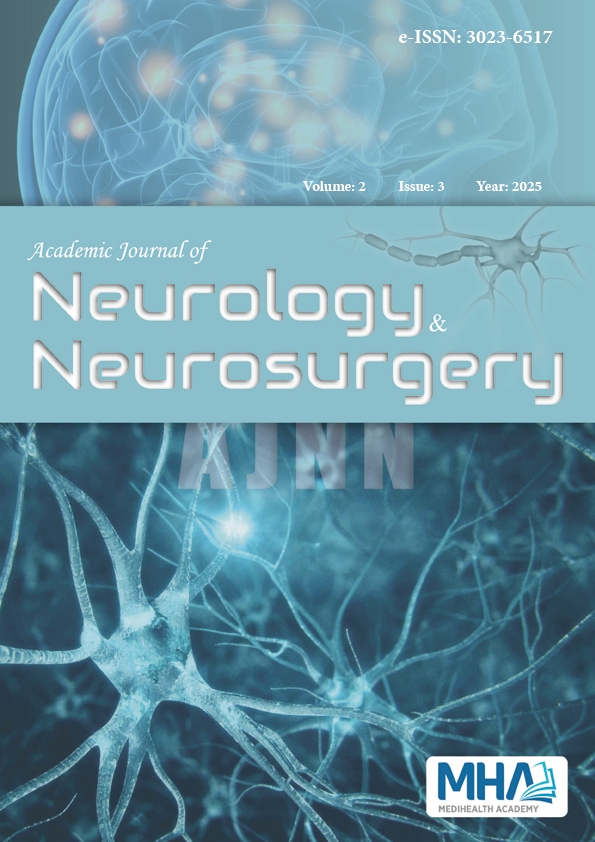1. Habas E, Farfar K, Errayes N, Rayani A, Elzouki AN. Wernicke encephalopathy: an updated narrative review. Saudi J Med Med Sci. 2023;11(3):193-200. doi:10.4103/sjmms.sjmms_416_22
2. Cantu-Weinstein A, Branning R, Alamir M, et al. Diagnosis and treatment of Wernicke’s encephalopathy: a systematic literature review. Gen Hosp Psychiatry. 2024;87:48-59. doi:10.1016/j.genhosppsych.2024. 01.005
3. Kohnke S, Meek CL. Don’t seek, don’t find: the diagnostic challenge of Wernicke’s encephalopathy. Ann Clin Biochem. 2021;58(1):38-46. doi: 10.1177/0004563220939604
4. Kitaguchi T, Ota Y, Liao E, et al. The role of MRI in the prognosis of Wernicke’s encephalopathy. J Neuroimaging. 2023;33(6):917-925. doi:10. 1111/jon.13143
5. Darussalam SH, Isa MM, Saleh RM, Mohmood A, Razali AM. Nystagmus and abducens nerve palsy as an early presentation of non-alcoholic Wernicke encephalopathy. Cureus. 2024;16(1):e52121. doi:10. 7759/cureus.52121
6. Kuzume D, Morimoto Y, Yamasaki M, Hosomi N. Wernicke encephalopathy with lesions in the bilateral abducens nuclei: a case report. Rinsho Shinkeigaku. 2022;62(11):869-872. doi:10.5692/clinicalneurol.cn-001783
7. Manzo G, De Gennaro A, Cozzolino A, Serino A, Fenza G, Manto A. MR imaging findings in alcoholic and nonalcoholic acute Wernicke’s encephalopathy: a review. Biomed Res Int. 2014;2014:503596. doi:10. 1155/2014/503596
8. Silva AR, Almeida-Xavier S, Lopes M, Soares-Fernandes JP, Sousa F, Varanda S. Is there a time window for MRI in Wernicke encephalopathy—a decade of experience from a tertiary hospital. Neurol Sci. 2023;44(2):703-708. doi:10.1007/s10072-022-06477-y
9. Novo-Veleiro I, Mateos-Díaz AM, Rosón-Hernández B, et al. Treatment variability and its relationships to outcomes among patients with Wernicke’s encephalopathy: a multicenter retrospective study. Drug Alcohol Depend. 2023;252:110961. doi:10.1016/j.drugalcdep.2023.110961

